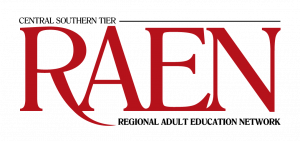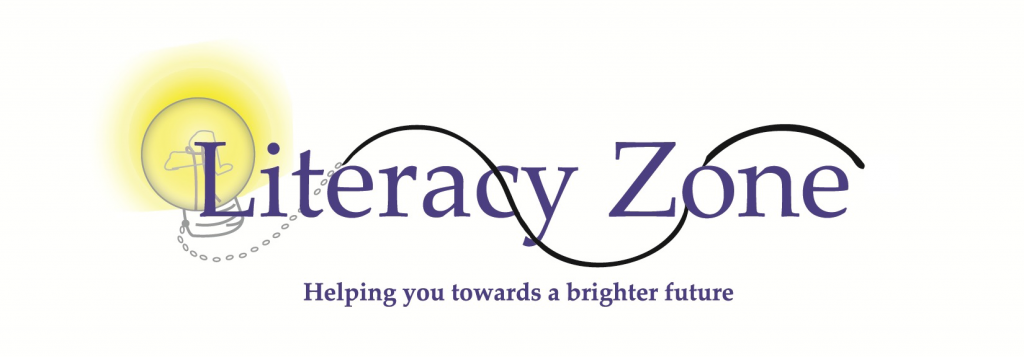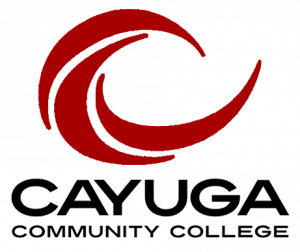The Literacy Zone is a reform initiative to close the achievement gap in urban and rural communities of concentrated poverty and high concentrations of families and individuals with limited literacy or English language proficiency. Literacy Zones provide a systemic approach to meeting the literacy needs of these communities characterized by significant poverty and deficits in literacy and English language proficiency. Geographically defined as one or more adjacent census tracts using the US Census Bureau data, New York State Education Department has identified over 50 Literacy Zones across the State. Each Literacy Zone can provide Pathways Out of Poverty for individuals and families, in the following areas:
- A continuum of literacy from early childhood through adult, including strong support for parents’ involvement in their children’s literacy development at home and engagement with the school system
- Assistance and support for out-of-school youth to enable them to complete high school and succeed in postsecondary education or advanced training
- Postsecondary transition that enable out-of-school youth and adults to obtain a high school equivalency diploma and succeed in postsecondary education
- Support services that enable out-of-school youth and adults who are receiving public assistance, or families with incomes of less than 200 percent of poverty, to obtain and retain employment
- Transition programs for youth and adults returning to the community from incarceration
- Pathways to citizenship and English language proficiency for limited English language adults
- Workforce development programs, including apprenticeship, career and technical education, and career pathways
- Support for mature workers and senior citizens to enable them to stay out of Poverty
- Support for individuals with disabilities and their families
- Transition support for returning veterans and their families, including disabled veterans
A continuum of literacy services from early childhood through adult, including strong support for Pathways Out of Poverty are tailored to meet the needs of individuals and families located within the Literacy Zone community.
Please contact or visit one of our sites to determine which services are available in your community.
| Agency Name | Literacy Zone Name | Contact Information |
|---|---|---|
|
Greater Southern Tier BOCES |
Elmira |
Colleen Hurd Nicole Elston |
|
Herkimer BOCES |
Herkimer |
Hanka Grabovica |
|
Madison-Oneida BOCES |
Utica East |
Randy Raux |
|
Madison-Oneida BOCES |
Utica West |
Randy Raux |
|
Madison-Oneida BOCES |
Rome |
Randy Raux |
|
Oswego CiTi BOCES |
Fulton |
Ami Abold |
|
Oswego CiTi BOCES |
Pulaski |
Ami Abold |
|
Syracuse City School District |
Syracuse North |
John Iorio |
| Syracuse City School District Dr. King Elementary School 416 E. Raynor Street Syracuse, NY 13202 |
Syracuse South |
John Iorio |
| Syracuse City School District Dr. Weeks Community School 710 Hawley Avenue Syracuse, NY 13203 |
Syracuse East |
John Iorio |
| Syracuse City School District Fowler High School 227 Magnolia Street Syracuse, NY 13204 |
Syracuse West |
John Iorio |
| For Immediate Release: 7/14/2016 |
|
GOVERNOR CUOMO LAUNCHES “NATURALIZE NY” – FIRST PUBLIC-PRIVATE PARTNERSHIP OF ITS KIND TO PROMOTE U.S. CITIZENSHIP
In Partnership with the New York Daily News, Robin Hood Foundation, SUNY Albany, Stanford University, and George Mason University,
“NaturalizeNY” Waives Naturalization Fee for 2,000 Eligible Low-Income Working Immigrants
$1.25 Million Investment Will Offset Financial Costs and Help Reduce the Barriers for Immigrants to Become U.S. Citizens
Governor Announces Website for Individuals to Determine Citizenship Eligibility and Apply for Fee Waiver – NaturalizeNY.org



